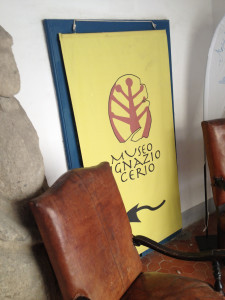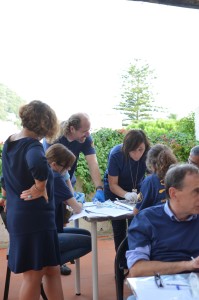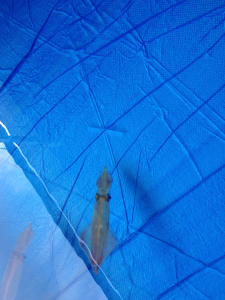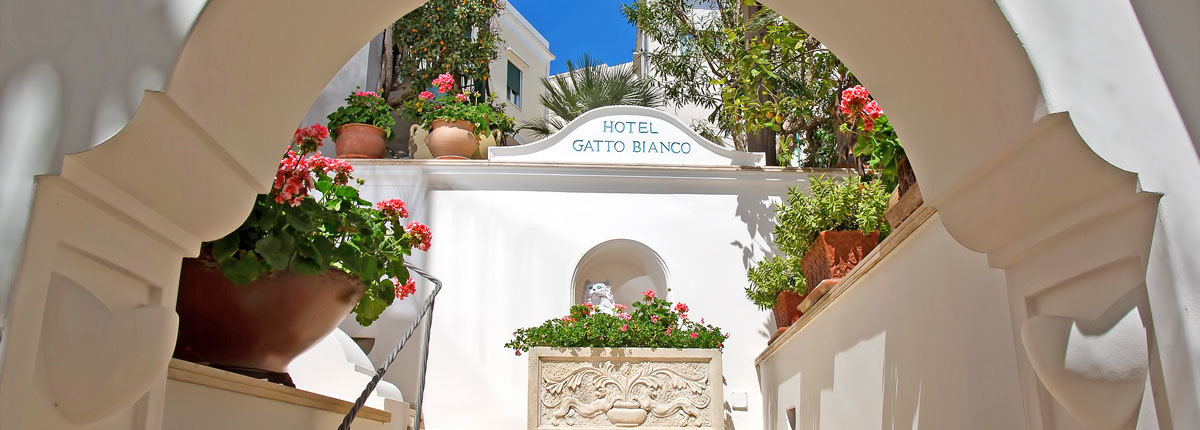CENTRO CAPRENSE IGNAZIO CERIO
Centro Caprense Ignazio Cerio is the main seat of Cephalopod Biology and Care 2014 Course Program.
It is also one of the operational seats of CephRes.
Edificio storico Palazzo Cerio
Palazzo Cerio was part of the complex of counts Arcucci and was known in the Middle Ages as “Great Houses”. It included Palazzo Farace, where nowadays is the Library of the Centro Caprense, and Palazzo Vanalesti, where the Tourist Office is. The whole complex had been the house of the Queen Joanna I of Naples and had been built in 1372 by the count James Arcucci who was Queen’s secretary and first Count of Capri between 1371 and 1374. He ordered also the Certosa di San Giacomo to be built and San Costanzo church to be enlarged. The complex was a real fortified residence, it was isolated but at a short distance from the city gate and dominated the north and south sides of the island. It is a four-storey building provided of wall with talus, once with a wooden bridge and trapdoors for defence. The counts’ palace which hosted the Queen Giovanna, was of the Arcucci family till 1683. It was bought and restored by the Feola family and inherited by the Cerios. In 1768 monsignor Gamboni, bishop of Capri, opened a girls’ orphanage and in the XIX century was enlarged to as we seen it nowadays, hosting for a short period a hotel. Since 1949 Palazzo Cerio is the premises of the Centro Caprense Ignazio Cerio.

Ignazio Cerio and the Centro Caprense
Ignazio Cerio was born in Giulianova d’Abruzzo in 1840. He loved the island and since 1848 he lived here till his last days when he died in 1921. Medical officer on the island this wide-ranging mind, who was keen of prehistory and of natural sciences, for more of fifty years he collected shells, fossils, rocks plants and archaeological finds coming from Capri and from other parts of the world, encouraging scientific studies and being in relationship with the most important scientist of that time. His son Edwin Cerio who was engineer and writer worked long in Italy Germany and South America and when he stopped working as naval engineer. In 1920 he became mayor of Capri and decided to dedicate his activity to the island by the Centro Caprense. Her sister-in-law Mabel Norman, an American painter from Rhode Island, donated the actual premises to the foundation they both promoted. His daughter Laetitia Cerio, had been president of the Centro Caprense till her death in 1997, promoting cultural happenings with national and international artists. The Centro Caprense includes the Library and the Museum. The library keeps manuscripts, collection of letters, musical documents, books and pamphlets about Capri since XVII century. It hosts also Carelli archives, newspapers and photographic archives. The Museum is composed by four rooms. The geo-palaeonthological room gives to the visitor the chance to understand Capri’s origin and the fossil organism which can be found in its rocks. Besides to the material which had been collected by Ignazio Cerio, some new materials were collected in 2000 to complete the organisation of the room. In the palaetnological room you can see finds of the most antique findings of Ignazio Cerio on the Island. In the archaeological room are displayed all the findings coming from the island datable to I A.D., and it is possibly to observe the manufacturing technologies. The Biology room keeps several animal, marine and terrestrial organisms coming from the isle of Capri.
BAGNI DI TIBERIO
Bagni di Tiberio is the seat of one of the practical sessions of CBC Course Program and allow practicals to be done on the beach.
Bagni di Tiberio is built-up on the ruins of the ancient Villa di Tiberio (Palazzo a Mare) and including two ‘Peschiera Romana’. The two Peschiere are partly destroyed by the sea, but are still visible and will be utilized as natural pond.


LODGING – HOTEL GATTO BIANCO
Right in the center of Capri, Gatto Bianco is located on the elegant Via Vittorio Emanuele which, from the Piazzetta, slopes down towards Via Camerelle, the island’s famous designer shopping street.The best of Capri’s shops, art galleries, restaurants and clubs are all just steps away. The Piazzetta is less than a 2 minute walk away. Central but peaceful, the hotel is set back from the street, its rooms facing onto the inner courtyard or over the rooftops of Capri.

| M | T | W | T | F | S | S |
|---|---|---|---|---|---|---|
| 1 | 2 | |||||
| 3 | 4 | 5 | 6 | 7 | 8 | 9 |
| 10 | 11 | 12 | 13 | 14 | 15 | 16 |
| 17 | 18 | 19 | 20 | 21 | 22 | 23 |
| 24 | 25 | 26 | 27 | 28 | 29 | 30 |
| 31 | ||||||
This website is supported by COST, European COoperation in Science and Technology


